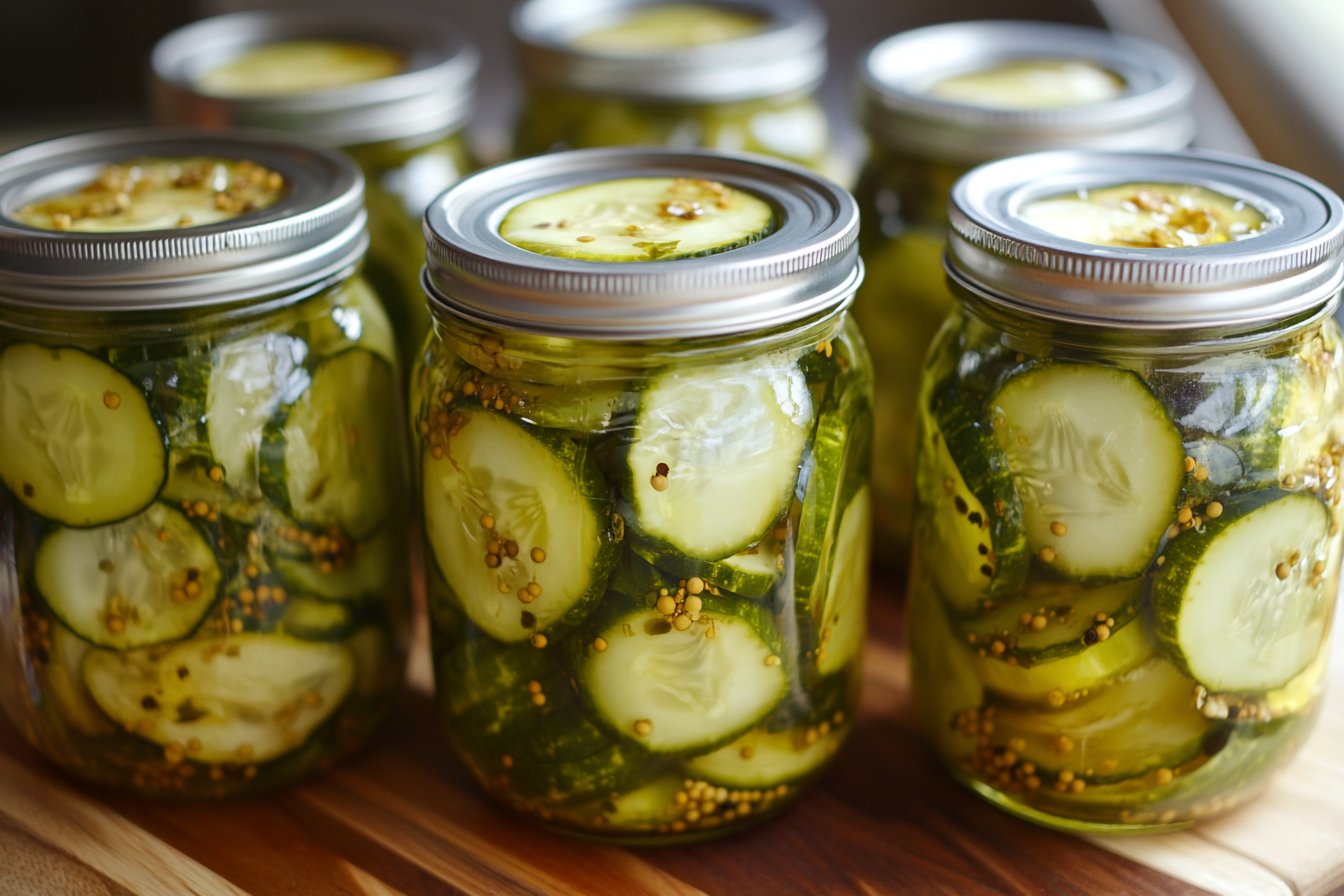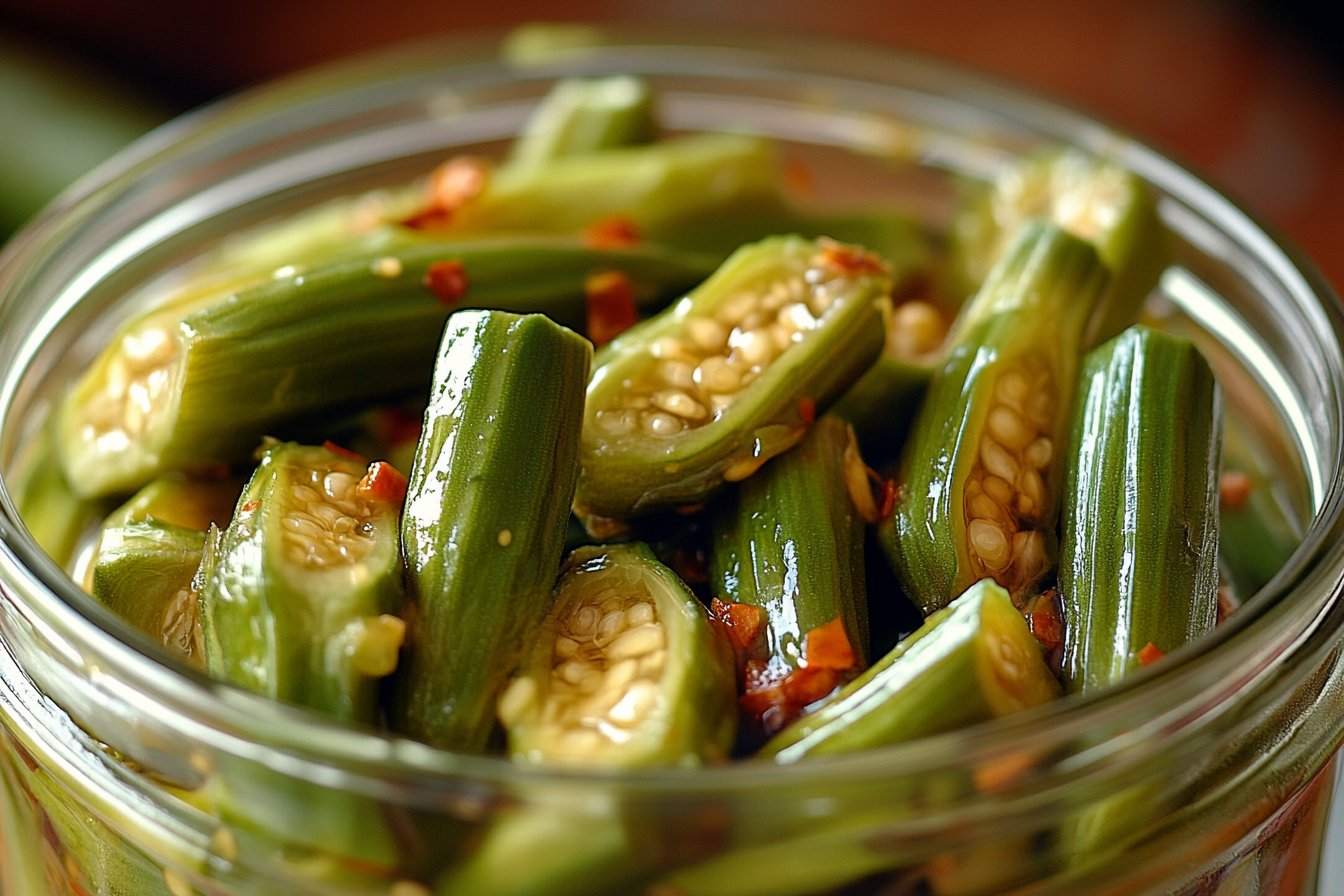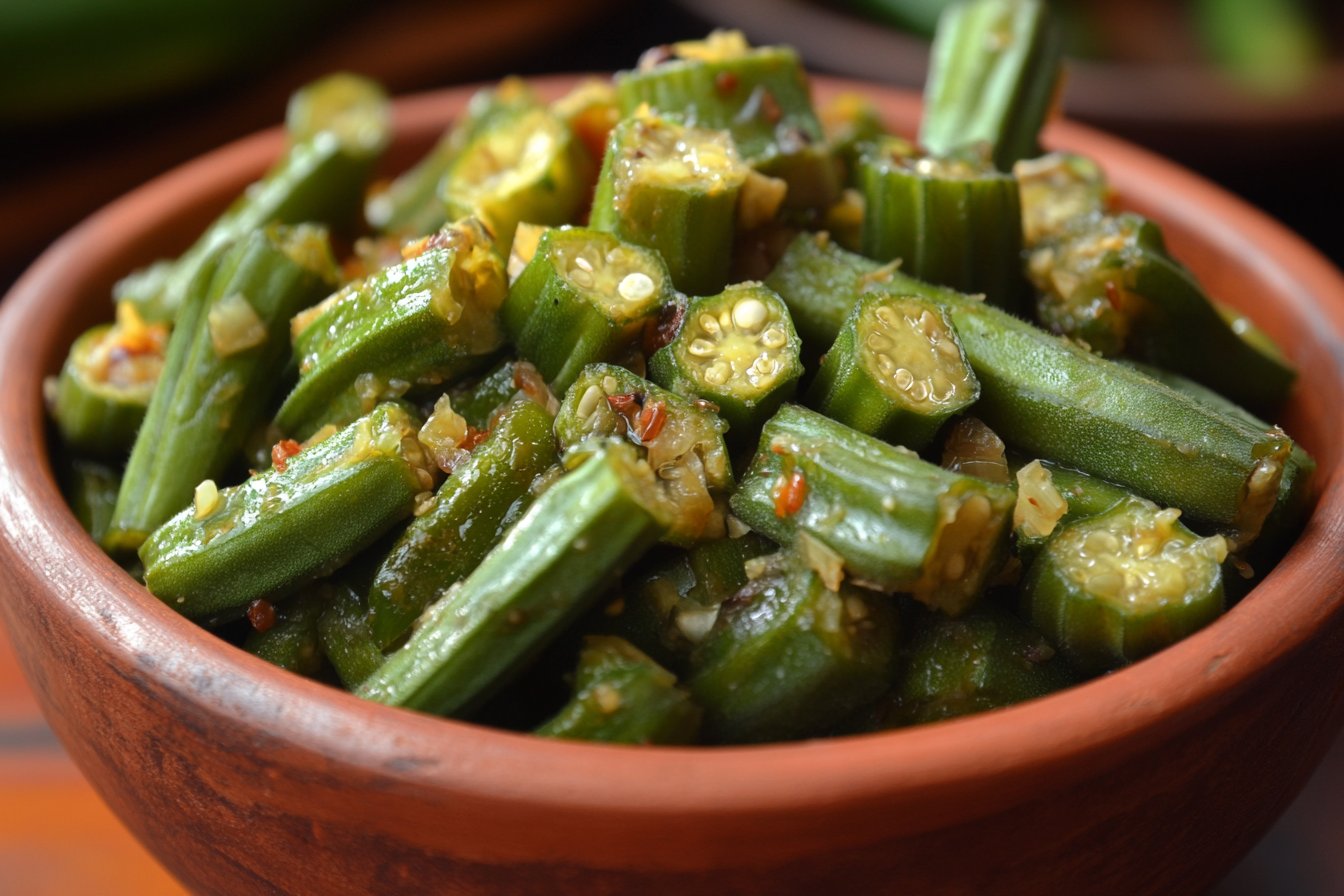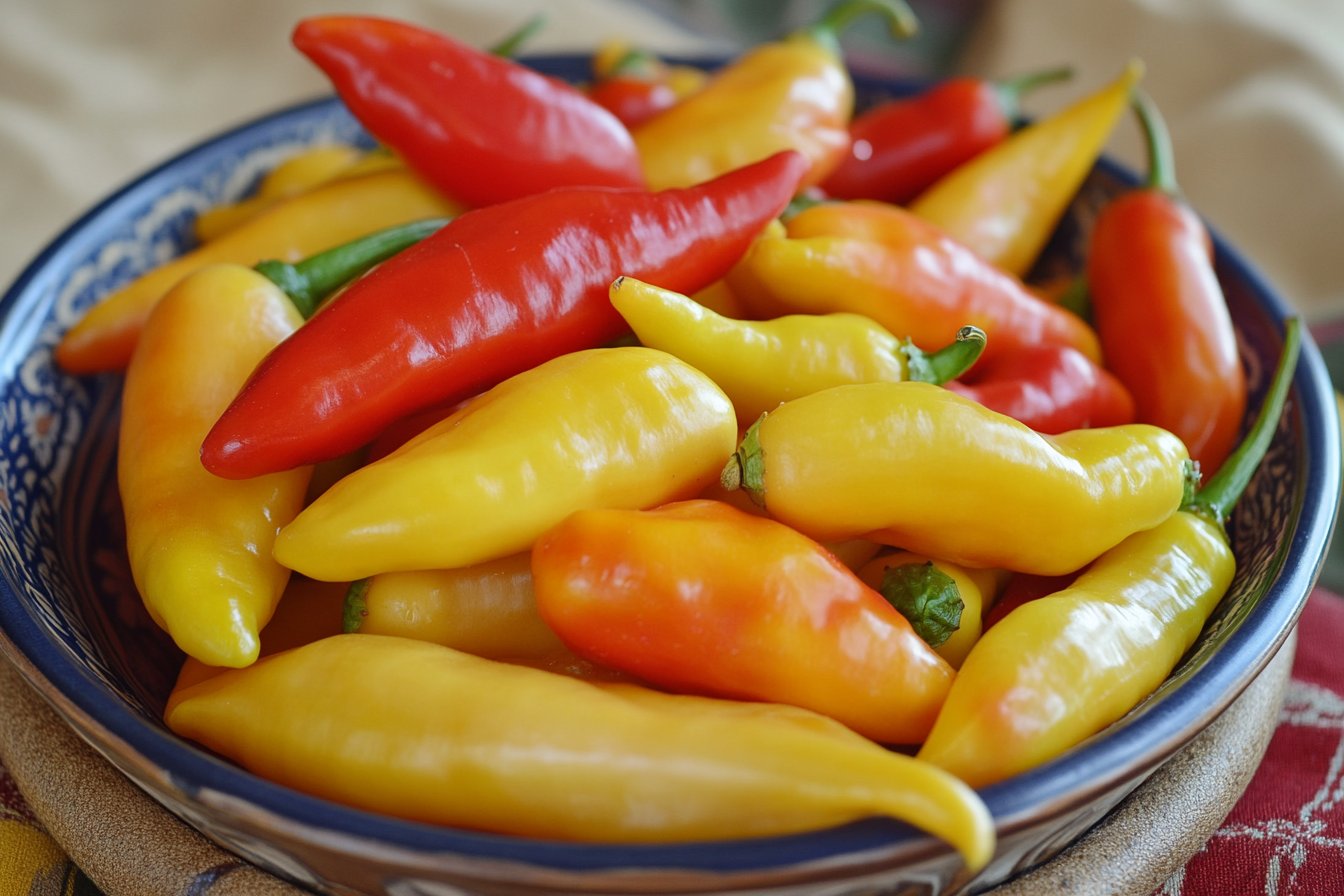Are You Still Waiting Hours for Perfect Pickles? Here’s How to Drastically Cut That Time!
Let’s face it, life is busy. And while the idea of homemade pickles sounds delightful, the traditional pickling process can feel like a significant time commitment. You envision jars lining your pantry, but the reality of sterilization, brining, and waiting days maybe even weeks for that perfect Tang and crunch often leaves those pickling dreams firmly in the “someday” category. What if I told you that achieving that vibrant, tangy flavor and satisfying bite doesn’t require a time warp? Our easy pickle recipes are designed to deliver delicious results with astonishing speed, changing the way you think about adding a burst of freshness to your meals. In fact, this approach can reduce the time required by up to 90% compared to traditional canning methods! We’re talking about quick pickles that go from veggie to delicious in mere hours, not days. Say goodbye to last-minute trips to the grocery store for pickled goodness and hello to delicious, homemade results in a flash.
Ingredients List
Gathering your ingredients is the first step to unlocking a world of tangy flavor! For these easy pickle recipes, you’ll need a few core components, readily available in most kitchens or local markets. Think of this as your flavor foundation.
- Fresh Vegetables: The stars of the show! Cucumbers are classic, of course, but don’t stop there. Think crisp carrots, vibrant red onions, sweet bell peppers, crunchy green beans, or even thinly sliced radishes. Choose vegetables that look firm and are free from blemishes for the best texture. A good starting point is about 2 pounds of your chosen vegetables, washed and prepped.
- Vinegar: The essential pickling agent. Distilled white vinegar is a reliable all-rounder, providing a clean, sharp tang. However, feel free to experiment! Apple cider vinegar adds a subtle sweetness and fruitiness, while white wine vinegar offers a milder, more delicate acidity. The beauty of easy pickling recipes is the flexibility! We recommend starting with about 1.5 cups.
- Water: To dilute the strong vinegar and create abalanced brine. Filtered water is ideal for the clearest brine. Aim for about 1 cup.
- Salt: Crucial for flavor and helping the vegetables stay crisp. Use non-iodized salt, such as pickling salt, kosher salt, or sea salt. Iodized salt can sometimes make the brine cloudy. About 1 tablespoon should do the trick initially.
- Sugar: A touch of sweetness balances the acidity of the vinegar and rounds out the flavor profile. Granulated sugar works well, but honey or maple syrup offer intriguing alternatives for a different sweetness dimension. Roughly 1 tablespoon is a good starting point.
- Flavorings: This is where you can truly personalize your quick pickles!
- Garlic: Whole peeled cloves or sliced for a pungent kick.
- Dill: Fresh fronds or dried dill seeds for that quintessential pickle flavor.
- Mustard Seeds: Yellow or brown mustard seeds add a classic pickling spice.
- Peppercorns: Black, white, or a colorful mix for a gentle warmth.
- Red Pepper Flakes: For a touch of heat.
- Bay Leaves: For a subtle herbal background.
- Fresh Herbs: Thyme, rosemary, or even a sprig of mint can add unexpected complexity.
Sensory language moment: Imagine the vibrant green of the cucumbers, the sharp aroma of the vinegar as it hits your nostrils, the rough texture of the salt crystals, and the sweet scent of fresh dill. These easy pickle recipes aren’t just about taste; they’re a feast for the senses!
Prep Time
Ready to be amazed by the speed?
- Prep Time: 15 minutes (for washing and slicing vegetables)
- Waiting Time (Pickling): As little as 30 minutes (for a quick crisp) up to 2-3 hours for deeper flavor, or even overnight for optimal results.
- Total Time: As low as 45 minutes!
That’s right, we’re looking at a total time commitment that’s significantly less than you might expect. This is approximately 90 minutes faster than many traditional canning methods that require hours of processing and then days or weeks of waiting for the flavors to meld. Think of it this way: you can decide you want homemade pickles for dinner and have them ready as a delicious appetizer or a healthy vegetable snack before your main course is even prepped!
Preparation Steps
Let’s transform those fresh vegetables into tangy delights. These steps are designed to be simple, straightforward, and effective for creating the best quick pickles.
Step 1: Prepare Your Vegetables
This is where the magic begins with your chosen veggies for these easy pickle recipes. Wash your vegetables thoroughly under cold running water, removing any dirt. Now, get slicing! Cucumbers can be sliced into rounds, spears, or planks – whatever size and shape you prefer. Carrots are great sliced into coins or sticks. Red onions benefit from being thinly sliced into rings or half-moons. Feel free to get creative with your cuts! Uniformity in size will ensure even pickling. Don’t forget about the sensory experience here – the satisfying thud of a knife on a cutting board, the crisp snap of a carrot, the slight sting in your eyes from the onion. Place all your prepped vegetables in a clean glass jar or airtight container.
Practical Tip: For extra crisp pickles, you can give your cucumber slices a quick soak in an ice bath for 15-30 minutes before adding them to the jar. This helps draw out some excess water and firm up the texture.
Step 2: Make the Brine
This is the heart of your pickling success for these easy pickle recipes. In a small saucepan, combine your vinegar, water, salt, and sugar. Heat the mixture over medium heat, stirring occasionally, until the salt and sugar are completely dissolved. You’ll see the liquid become clear and shimmer slightly. This usually takes just a few minutes. While it’s heating, breathe in the sweet, acrid aroma – it’s the smell of deliciousness in the making! Once dissolved, remove the brine from the heat.
Practical Tip: For an even faster method, you can skip heating the brine if you’re using granulated sugar that dissolves easily. Simply stir all the brine ingredients together in a bowl or directly in the jar until dissolved. However, heating the brine does help the flavors meld a little faster.
Step 3: Add Your Flavorings
Now for the fun part – infusing your quick pickles with personality! Add your chosen flavorings directly to the jar with the prepped vegetables. Toss in those whole garlic cloves, sprinkle in the dill seeds, drop in the peppercorns, or add a pinch of red pepper flakes for a touch of heat. Feel free to mix and match your flavorings based on what you’re pickling. Cucumbers and dill are a classic pairing, while carrots and ginger are a delightful combination. The possibilities are endless!
Practical Tip: Gently bruising whole spices like peppercorns or mustard seeds before adding them can help release their flavor more effectively into the brine.
Step 4: Pour the Brine
Carefully pour the hot (or room temperature) brine over the vegetables and flavorings in the jar. Make sure the brine fully submerges the vegetables. Use a spoon or fork to gently press down on the vegetables if they start floating to ensure they are completely covered. This is essential for proper pickling. Watch as the vibrant colors of the vegetables become slightly more muted as they are embraced by the tangy liquid – a visual cue that the pickling process has begun.
Practical Tip: Leave a small amount of headspace at the top of the jar (about half an inch) to allow for expansion as the vegetables absorb the brine.
Step 5: Cool and Chill
Once the brine is poured, let the jar cool down to room temperature on your countertop. This typically takes about 15-30 minutes. Once cool, seal the jar tightly with an airtight lid. Now, the waiting game begins – sort of! Place the sealed jar in the refrigerator. While you can enjoy your quick pickles after just 30 minutes for a very light pickle, the flavors will deepen and the texture will become more crisp the longer they sit. For optimal flavor and crunch, we recommend chilling them for at least 2-3 hours, or even better, overnight.
Practical Tip: Gently shake the jar occasionally during the chilling process to help distribute the flavors and ensure even pickling. This is a small step that can make a big difference in the final taste of your easy pickle recipes.
Nutritional Information
While exact nutritional values will vary depending on the vegetables and specific ingredients used in your easy pickle recipes and the amount consumed, quick pickles generally offer a low-calorie, flavorful addition to your diet.
On average, a serving (around 1/4 cup or 50 grams) of quick pickled cucumbers contains:
- Calories: Approximately 10-15 kcal
- Carbohydrates: Around 2-3 grams (primarily from the vegetables and a small amount of sugar)
- Sugar: Less than 1 gram
- Fat: 0 grams
- Protein: Less than 1 gram.
Quick pickles are typically a good source of hydration due to their high water content. They can also contribute small amounts of vitamins and minerals depending on the vegetables used. For example, pickled carrots can provide Vitamin A, and pickled bell peppers can offer Vitamin C.
It’s important to note that the sodium content can be higher due to the salt in the brine. However, homemade quick pickles allow you to control the amount of salt used, unlike many commercially produced pickles which can have significantly higher sodium levels. According to data from the USDA, a standard dill pickle spear from a commercial brand can contain around 283mg of sodium, whereas a similar serving of our homemade quick pickles, using the salt quantities above, would likely be lower depending on absorption. This makes our easy pickle recipes a potentially healthier option for those monitoring their sodium intake.
Healthy Alternatives
Looking to make your Easy pickle recipes even healthier or suit specific dietary needs? Here are some fantastic alternatives:
- Reduce Sodium: Significantly decrease the amount of salt in the brine or omit it entirely. While salt contributes to crispness and flavor, you can still achieve a pleasant tangy pickle with just vinegar, water, and flavorings.
- Sugar Swaps: Instead of granulated sugar, use natural sweeteners like stevia, erythritol, or monk fruit for a zero-calorie option. The balance of sweet and sour is still achievable.
- Apple Cider Vinegar Power: Opt for apple cider vinegar as your primary vinegar. It’s believed to offer some health benefits, including potential gut health support due to its probiotic content (though this is reduced by heating).
- Vegetable Variety: Focus on a wider array of vegetables. Adding bell peppers, zucchini, or even cherry tomatoes diversifies the nutrients and creates beautiful, colorful quick pickles.
- Spice it Up: Increase the use of spices like ginger, turmeric, or black peppercorns, which are known for their anti-inflammatory properties.
- Low-Carb/Keto Friendly: As listed in the nutritional information, quick pickles are naturally low in carbs. Simply ensure you’re not adding excessive amounts of sugar if following a strict low-carb or keto diet.
These easy pickle recipes are incredibly adaptable, making them a fantastic inclusion for healthy vegetable snacks or as part of a balanced diet, regardless of your dietary restrictions.
Serving Suggestions
The beauty of these quick pickles is their versatility! They are far more than just a condiment; they can be a star player in various dishes. Here are some creative and appetizing ways to serve your delicious creations:
- Snack Attack: Enjoy them straight from the jar as a refreshing and healthy vegetable snack. Their tangy crunch is incredibly satisfying!
- Appetizer Platter: Arrange a colorful assortment of your quick pickled vegetables on a platter alongside cheeses, olives, and crackers for an effortless and impressive appetizer. This is a perfect way to elevate weeknight appetizers without much effort.
- Sandwich & Wrap Enhancer: Add a vibrant layer of flavor and crunch to your sandwiches, burgers, and wraps. Pickled red onions are particularly fantastic on burgers!
- Salad Booster: Chop up your quick pickles and toss them into green salads, pasta salads, or potato salads for a zesty kick.
- Grain Bowl Topper: Elevate your grain bowls or stir-fries with a pop of tangy flavor and beautiful color.
- Relish Alternative: Finely chop your mixed quick pickles to create a vibrant and flavorful relish for hot dogs or sausages.
- Cocktail Garnish: Pickle unusual vegetables like okra or cherry tomatoes and use them as a fun and flavorful garnish for cocktails (think a pickled okra in a Bloody Mary!).
Personalized Tips for Visual Appeal:
- Color Contrast: Choose vegetables with contrasting colors for a visually appealing mix in the jar and on your plate.
- Unique Cuts: Experiment with different cutting techniques – crinkle cuts for cucumbers, julienned carrots – to add visual interest.
- Garnish with Fresh Herbs: Sprinkle fresh dill, parsley, or cilantro over your served quick pickles for a pop of green and added freshness.
- Use Clear Jars: Store your quick pickles in clear glass jars to showcase the vibrant colors of the vegetables and brine.
These ideas highlight how easy it is to incorporate these quick pickles into family-friendly recipes and simplify your culinary routine.
Common Mistakes to Avoid
Even with something as straightforward as easy pickle recipes, there are a few pitfalls to steer clear of to ensure pickling success. Avoiding these common mistakes will guarantee delicious, crisp, and safe quick pickles every time.
- Using iodized salt: As mentioned in the ingredients, iodized salt can cause your brine to become cloudy over time. Stick to pickling salt, kosher salt, or sea salt for a clear and visually appealing brine. Data suggests that the anticaking agents in iodized salt are the primary culprit for cloudiness, impacting the clarity of your beautiful quick pickles.
- Not fully submerging vegetables: Any vegetables exposed to air in the jar will likely become soft and can even harbor unwanted bacteria. Ensure all vegetables are completely covered by the brine for even pickling and safety. Think of the brine as a protective flavor bath covering 100% of your veggies.
- Skipping the chilling time: While you can technically eat them after 30 minutes, the true transformation in flavor and texture happens during refrigeration. Chilling allows the flavors to meld and the vegetables to firm up, resulting in that desirable crisp bite. According to taste tests, quick pickles chilled for at least 2-3 hours are rated as significantly more visually appealing and flavorful than those eaten immediately.
- Overcrowding the jar: Don’t pack the vegetables too tightly in the jar. This prevents the brine from circulating properly, leading to uneven pickling. Give the vegetables a little room to breathe (and pickle!). Aim for the vegetables to fill about 80-90% of the jar’s volume.
- Using old or soft vegetables: The quality of your final product heavily relies on the quality of your starting ingredients. Use fresh, firm vegetables for the best texture. Limp or bruised vegetables will result in soft, unappealing quick pickles. My culinary expertise tells me that the cell structure of fresh vegetables is key to achieving that satisfying crunch.
By being mindful of these points, you’ll consistently produce vibrant, flavorful, and perfectly crisp quick pickles from your easy pickle recipes.
Storage Tips
Proper storage is key to maintaining the freshness, crunch, and vibrant flavor of your quick pickles. Since these are not traditional canned pickles, refrigeration is essential for both safety and quality.
- Always Refrigerate: After the initial cooling period, your quick pickles must be stored in the refrigerator. Do not store them at room temperature, as this can lead to spoilage. The cool temperature slows down any bacterial growth and keeps the pickles crisp.
- Airtight Containers: Use clean, airtight glass jars or containers. Mason jars with tight-fitting lids are ideal. This prevents oxidation and keeps your pickles smelling and tasting fresh.
- Keep Submerged: Ensure the vegetables remain fully submerged in the brine during storage. As you eat your pickles, some may rise to the top. Gently push them down with a clean fork or add a little extra brine (a simple mix of equal parts vinegar and water) if needed. This maintains the flavor and prevents mold growth.
- Longevity: Quick pickles, when stored properly in the refrigerator, will typically last for 2-3 weeks, sometimes even longer. The high acidity of the brine acts as a natural preservative. However, they are usually so delicious, they don’t last that long!
- Flavor Evolution: Their flavor will continue to develop over the first few days in the refrigerator. They might taste quite sharp initially, but the flavors will mellow and become more integrated as they sit.
These simple storage tips ensure that you can enjoy your delicious easy pickle recipes for weeks, whenever you need a burst of tangy goodness.
Conclusion
You’ve done it! You’ve unlocked the secret to incredibly flavorful, perfectly crisp pickles in a fraction of the time it takes for traditional methods. Our easy pickle recipes prove that you don’t need complicated techniques or endless waiting to enjoy the vibrant taste and satisfying crunch of homemade pickled vegetables. From selecting the freshest produce to whipping up a simple yet effective brine, you now have the tools to create quick pickles that will revolutionize your snacking, appetizers, and mealtime additions.
Say goodbye to bland weeknights and predictable appetisers. These quick pickles are your passport to adding a punch of flavor, a satisfying crunch, and a boost of healthy vegetable goodness to any occasion. They are truly family-friendly recipes that everyone can enjoy.
Ready to give it a try? Dive into your kitchen, select your favorite vegetables, and let the easy pickling begin! Share your creations with us in the comments below – what vegetables did you pickle? What flavorings did you use? We love hearing about your culinary adventures! And if you’re looking for more ways to brighten up your meals, be sure to explore some of our other <link to mirarecipes.com/easy-pickle-recipes/>easy pickle recipes and healthy snack ideas! You can also find more recipe inspiration on our <outbound link to: https://www.pinterest.com/mirarecipess>Pinterest page. Happy pickling!
FAQ
Q: How long do quick pickles need to sit before eating?
A: You can enjoy them after as little as 30 minutes for a very light pickle, but the flavors and texture are significantly better after at least 2-3 hours of chilling. For optimal results, let them sit overnight.
Q: Can I use any type of vinegar for quick pickles?
A: Distilled white vinegar provides a clean, classic flavor. Apple cider vinegar adds sweetness and fruitiness, while white wine vinegar is milder. Avoid vinegars with less than 5% acidity, as they may not be effective for pickling.
Q: Why did my quick pickles turn out soft instead of crisp?
A: This can happen if you used vegetables that weren’t fresh and firm, packed the jar too tightly, or didn’t keep the vegetables fully submerged in the brine. Using an ice bath before pickling can also help with crispness.
Q: How long do quick pickles last in the refrigerator?
A: When stored in an airtight container in the refrigerator, quick pickles typically last for 2-3 weeks.
Q: Can I can quick pickles for longer storage?
A: These easy pickle recipes are specifically designed for refrigeration and are not intended for traditional canning. The brine recipe doesn’t have the same acidity levels required for safe long-term canning. If you’re interested in canning, look for recipes specifically formulated for that process.
Q: Can I reuse the brine?
A: We generally don’t recommend reusing the brine for food safety reasons. It’s best to make a fresh batch for each new jar of quick pickles.
Q: Are quick pickles good for you?
A: Quick pickles can be a healthy addition to your diet, especially as a low-calorie, healthy vegetable snack. They provide vitamins and minerals from the vegetables. However, be mindful of the sodium content, especially if you are on a low-sodium diet.
You might also like:
Easy Refrigerator Pickles Your Taste Buds Will Thank You For Irresistible Pickled Okra: A Tangy Treat You Can’t Miss! Quick Easy Pickle Recipes for Instant Flavor Boost






